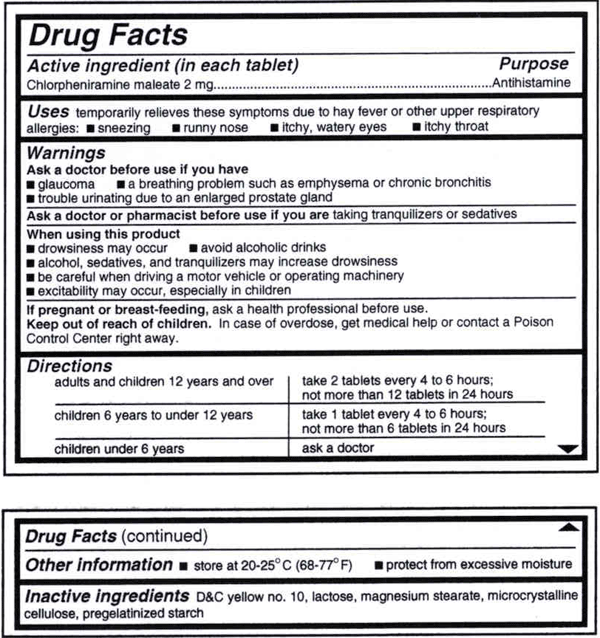
 The New Over-the-Counter Medicine Label: Take a Look
The New Over-the-Counter Medicine Label: Take a Look
Always Read the Label
Reading the product label is the most important part of taking care of yourself or your family when using over-the-counter (OTC) medicines (available without a prescription). This is especially true because many OTC medicines are taken without seeing a doctor. The OTC medicine label has always contained important usage and safety information for consumers, but now that information will be more consistent and even easier to read and to understand. The U.S. Food and Drug Administration (FDA) has issued a regulation to make sure the labels on all OTC medicines (from a tube of flouride toothpaste to a bottle of cough syrup) have information listed in the same order; are arranged in a simpler eyecatching, consistent style; and may contain easier to understand words. While the new labels on a majority of OTC drug products will be appearing on store shelves soon, some products and companies have additional time to comply with the new labeling regulations. If you read the OTC medicine label and still have questions about the product, talk to your doctor, pharmacist, or other health care professional.
Tamper-Evident Packaging: An Important Safety Feature
The makers of OTC medicines widely use tamper-evident packaging for their products. This is to help protect consumers against possible criminal tampering. Drug products with tamper-evident packaging have a statement on the packaging describing this safety feature. It is always important to inspect the outer packaging before you buy an OTC drug product and to look at the product again before you take it.
What's On The New Label
All nonprescription, over-the-counter (OTC) medicine labels have detailed usage and warning information so consumers can properly choose and use the products.
Below is an example of what the new OTC medicine label looks like.
- Active Ingredient. Therapeutic substance in product; amount of active ingredient per unit.
- Uses. Symptoms or diseases the product will treat or prevent.
- Warnings. When not to use the product; conditions that may require advice from a doctor before taking the product; possible interactions or side effects; when to stop taking the product and when to contact a doctor; if you are pregnant or breastfeeding, seek guidance from a health care professional; keep product out of children's reach.
- Inactive Ingredients. Substances such as colors or flavors.
- Purpose. Product action or category (such as antihistamine, antacid, or cough suppressant.
- Directions. Specific age categories, how much to take, how to take, and how often and how long to take.
- Other Information. How to store the product properly and required information about certain ingredients (such as the amount of calcium, potassium, or sodium the product contains)
The new Drug Facts labeling requirements do not apply to dietary supplements, which are regulated as food products, and are labeled with a Supplement Facts panel.

Reading the Label: The Key to Proper Medicine Use
The label tells you what a medicine is supposed to do, who should or should not take it, and how to use it. But efforts to provide good labeling can't help unless you read and use the information. It's up to you to be informed and to use OTC drug products wisely and responsibly.
The manufacturers of OTC medicines sometimes make changes to their products or labeling (new ingredients, dosages, or warnings). Make sure to read the label each time you use the product. Always look for special "flags" or "banners" on the front product label alerting you to such changes. If you read the label and still have questions, ask your doctor, pharmacist, or other health care professional for advice.
The Label Also Tells You...
- The expiration date, when applicable (date after which you should not use the product).
- Lot or batch code (manufacturer information to help identify the product).
- Name and address of manufacturer, packer, or distributor.
- Net quantity of contents (how much of the product is in each package).
- What to do if an overdose occurs.
Many OTC medicines are sold in containers with child safety closures. Use them properly. Remember—keep all medicines out of the sight and reach of children.
This information has been obtained from FDA and is updated by Life Alert ® frequently.